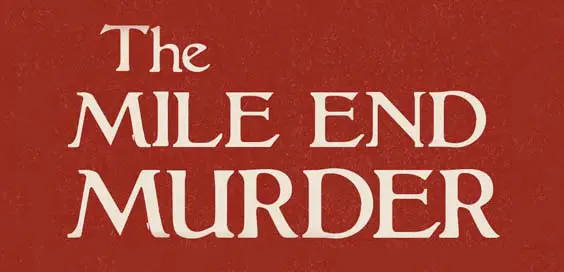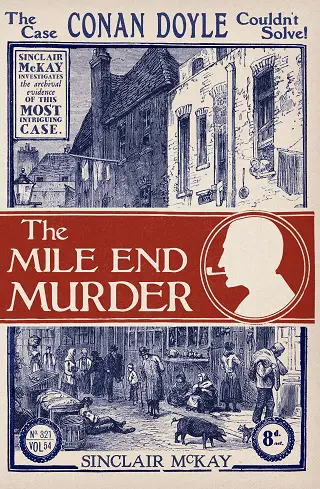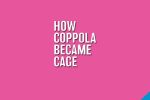The Mile End Murder by Sinclair McKay – Review

by Karl Hornsey
The public’s appetite for the seedier side of life in Victorian times shows little sign of abating, and Sinclair McKay has added another excellent book to the canon of material available about the mid to late 19th-century underbelly of London life.
This account draws neatly on the continuing appeal of Sherlock Holmes and Jack the Ripper, along with locations featured in the recent cinema release The Limehouse Golem. Having seen the film, I can safely say that McKay’s book recreates the period in far greater detail and more vividly, with an enormous amount of research bringing the time starkly to life. The Limehouse Golem is a perfectly serviceable film, if a little disappointing, whereas The Mile End Murder is largely gripping from the off.
The premise is clear enough on the front cover with the Sherlock-style recreation drawings leaving the reader in no doubt as to McKay’s intentions in attracting anyone interested in Arthur Conan Doyle’s work. While this connection is valid in the sense that Conan Doyle later showed a great deal of interest in the case and failed to come to a conclusion as to the guilty party, it’s also a slightly tenuous link at times, with the author rarely mentioned in any great detail once McKay delves deeper into the case.
 “Forensic”
“Forensic”
However, there are certainly snippets of Sherlock stories that may have borrowed from this particularly gruesome murder, and many of the locations have a crossover, and I guess it would be churlish to criticise the author for making use of such an endearing figure from the era as the great fictional detective himself.
The police in this real-life case could certainly have done with some of Sherlock’s intuition and nous, and McKay himself makes his best stab at turning detective and offering his opinion as to the murderer of wealthy widow Mary Emsley in her East End home, attempting to separate fact from conjecture as best he can this many years after the crime.
Undoubtedly, we will never know for certain who was responsible, but McKay so realistically recreates the squalor, misery and darkness of the period and place, that the reader is inclined to go along with what he surmises. The build-up to the original court case may be a little long-winded in the desire to uncover the truth and there is a point at which I found myself wanting the trial to begin and for a little less forensic detail and supposition, but for the most part the story rattles along at a decent enough pace to sit part way between factual reconstruction and thriller.
“Authenticity”
Having read all of McKay’s works on the incredible deeds of those based at Bletchley Park during the Second World War, I can see the same passion for the truth coming out in The Mile End Murder, but almost sense the author’s frustration that he doesn’t have anyone to interview about what really happened, instead having to make use of court files and newspaper reports from the time.
Despite these obvious restrictions, I would recommend this to anyone with even a passing interest in the seedier side of life in the Victorian era and those who enjoy their detective stories with all the trappings of authenticity, brutality and darkness of the era.
‘The Mile End Murder’ by Sinclair McKay is published by Aurum Press, £20









